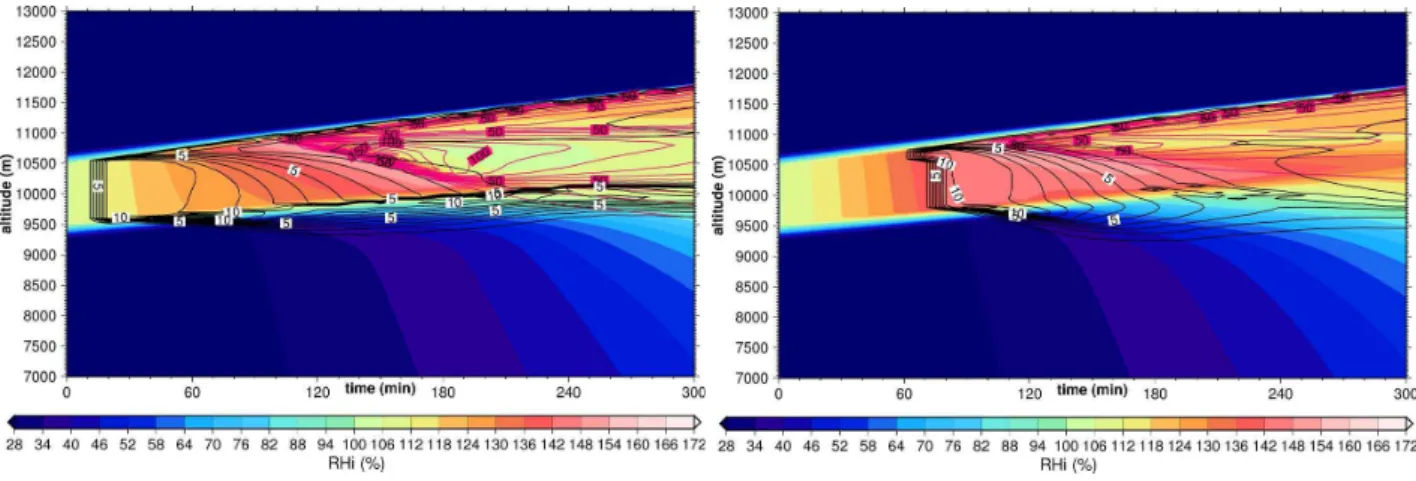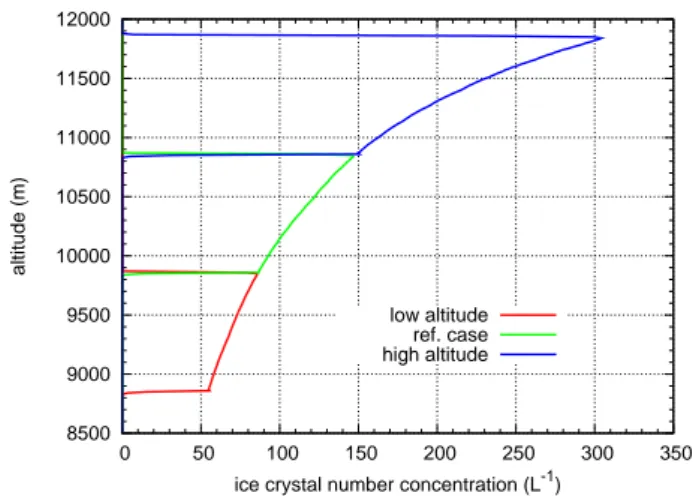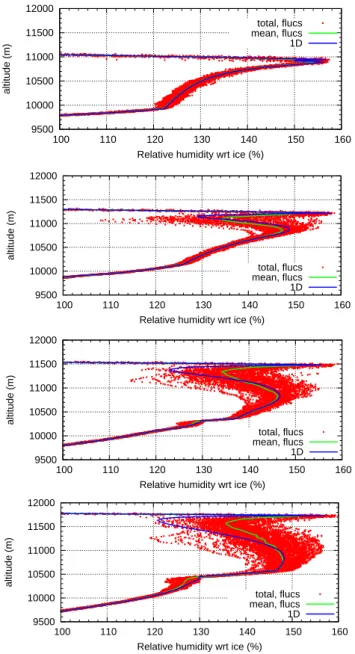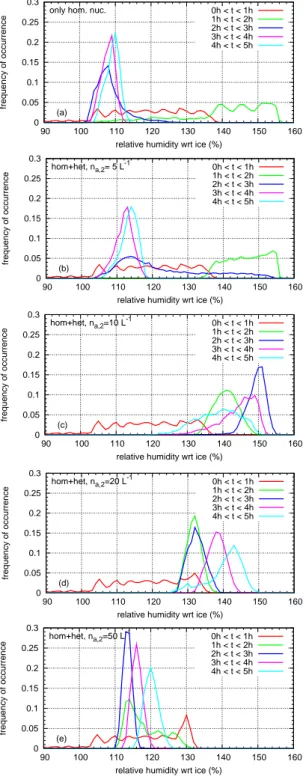Modelling of cirrus clouds – Part 2: Competition of different nucleation mechanisms
Texto
Imagem




Documentos relacionados
We have simulated homogeneous ice nucleation using tem- perature time series data collected at high frequency by long- duration balloon flights near the tropical tropopause.
Ice nucleation active surface site (INAS) densities were calculated to quantify the ice nucleation efficiency as a function of temperature, humidity and the aerosol surface
Reinement of a crystallographic slip band substructure in low to medium rolling strain and nucleation of twins on the mature slip bands at a higher strain were suggested
Pursuant to the view that martensitic transformation in steel is nucleation-controlled, it is conceivable during this transformation that the population of martensite
Nucleation parameters such as nucleation rate, density of active nucleation sites, saturation nucleus and the rate constant of the proton reduction reaction ( k PR ) were
Frozen fraction as a function of temperature for dust, BC/OM in the original 1-ffBC/OM scheme, and hydrophobic, hy- drophilic, and hygroscopic BC/OM in the new 3-ffBC/OM scheme
For the scenario that homogeneous nucleation initiates het- erogeneous nucleation, the total fraction of solid-containing aerosol particles and the partitioning of the three
Comprehensive representations of heterogeneous ice nucleation rate were achieved by a combination of classical theory and experimental data, from which we derived the activation




